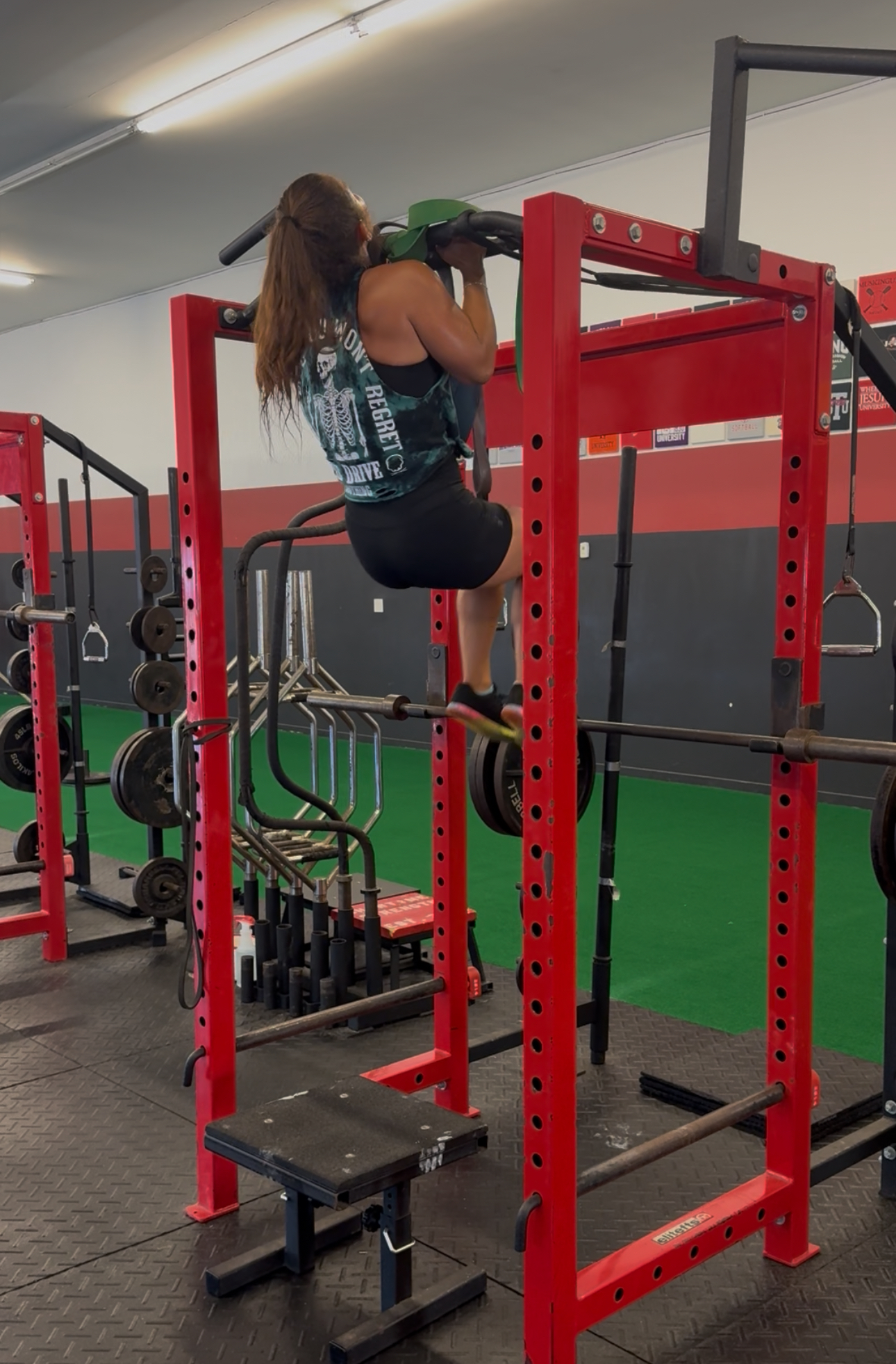Fundamentals Series : Strength


It won’t surprise anyone that I’m a big proponent of strength over all other modalities of training. It’s not that I don’t see value in other training tools, but strength has the most overlap into other qualities. Strength is a general skill, not specific. We can build on it each day to have an impact on specific skills whether it be in sports, raising children, or the ability to do work around our yard. Over time there has been a negative association with strength maybe due to popular bodybuilding publications and rampant steroid use among the people in the images, but strength goes far beyond the vanity effect. Once we begin to associate strength with ability, it shifts how we view it. Increasing our strength is a lifeline that enhances everything outside of the weight room. When my wife and I began dating, she was in her Doctorate program for Physical Therapy. Strength was the word that most often came up whether she was in class or in clinical rotations. Strength gives us life and if you don’t believe it, wait until you need assistance to use the restroom because you don’t have the strength to safely do so.
Muscle Mass Supports Longevity
Longevity has become a topic of focus the last few years and the topic of strength is always in the discussion of longevity. We can’t simply take pills and bio hack our way to improved longevity, we have to be proactive in building muscle mass as a shield of armor to protect us as we age. Muscle loss is directly tied to mortality risk. If you’ve ever thought about the risk of becoming muscle bound from strength training, it turns out the risk of not having enough muscle is deadly. Muscle mass peaks at about 30-35 years of age and then begins to decline in a linear fashion until about age 65 for women and 70 for men when it begins to decline at an accelerating pace. With this loss of muscle, it affects things like balance and our ability to walk leading to higher risk of injury or death from falls as we age. In older populations, falls are the leading cause of injury related death. One in four adults over the age of 65 report having at least one fall each year. Our best tool to fight this aging issue begins in the weight room. Whatever method you choose to strength train, it’s your best fight at having a longer healthier life.
Improved Metabolic Function
Metabolism refers to all the chemical processes going on continuously inside your body that allow life and normal functioning. This covers everything from breaking down the nutrients we take in to building and repairing our body. One of the best things we can do to improve our insulin sensitivity is to strength train and build muscle. By growing our muscles, we increase our storage sites for glucose (sugar) in the body. This helps our muscles better absorb the glucose more effectively both during and after exercise. Because of this we improve our response to insulin and we get more benefit from a lower amount of insulin. This is important because this helps us regulate our blood sugar levels. Strength training also helps us reduce the amount of visceral fat we have. Visceral fat is the fat that surrounds the organs which is strongly linked to insulin resistance. Regular strength training can also improve the lipid profiles (levels of fat in our blood) and reduce inflammation both of which carry a benefit for insulin sensitivity.
Enhances Mental Well Being
You might have heard people talk about things like getting the “Runner’s High” or performing a challenging set on an exercise where they suddenly got several more repetitions to their surprise. Regular exercise helps to release endorphins which are natural mood boosters. This is why many times people feel better after the leaving the gym than when they came in, even though they just physically challenged their body with difficult tasks. Strength training also helps to improve self esteem and confidence. Think of this as the challenge of doing hard things and being successful. When we do this two to four times each week, we build confidence in our abilities. The key with doing hard things like exercise to build confidence is taking on a task that is just challenging enough. Enough to push us beyond comfort, but too much to where we feel lost and helpless. Regular strength training also helps to promote better sleep quality which is important to regulating our mood.
This mini series will help to describe what strength is and how you can implement it with a coach or on your own. Strength is a lifeline that we must continue to work because of the large carryover to other aspects of our life. We will discuss basic principles, loading, and periodization. Improve your strength and you’ll improve your life.